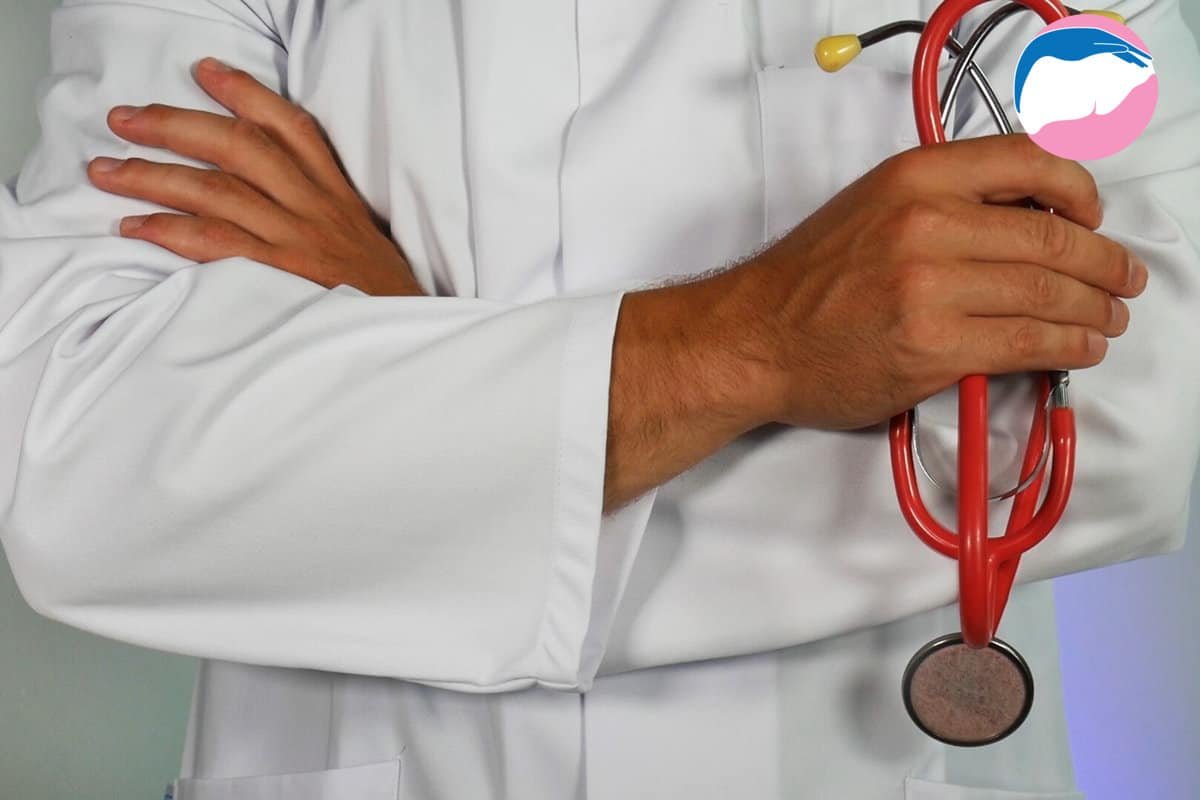Alcoholic fatty liver disease (AFLD) is a condition caused by excessive alcohol consumption. It is characterized by the accumulation of fat in the liver cells due to excessive drinking. As the disease progresses, it can lead to inflammation, scarring, and even liver failure. Fortunately, with early diagnosis and treatment, AFLD can be managed. In this article, we will discuss the causes, symptoms, diagnosis, and treatments of AFLD, as well as prevention strategies.
A. Overview of Alcoholic Fatty Liver Disease
Alcoholic fatty liver disease is a condition caused by excessive and prolonged alcohol consumption. Over time, the excessive alcohol consumption causes the liver to become overwhelmed, leading to an accumulation of fat in the liver cells. This accumulation of fat can cause inflammation, scarring, and even liver failure.
B. Overview of Treatments
The main goal of treating AFLD is to reduce the fat accumulation in the liver cells. This can be done through dietary and lifestyle changes, medications, and in some cases, surgery.
Causes and Risk Factors
A. Alcohol Use
The primary cause of AFLD is excessive and prolonged alcohol consumption. Drinking heavily over a long period of time can overwhelm the liver, leading to fat accumulation in the liver cells.
B. Genetic Factors
Genetic factors can also increase the risk of developing AFLD. People with certain gene mutations have an increased risk of developing the condition.
C. Weight and Diet
Being overweight or obese can also increase the risk of developing AFLD. This is because excess weight can cause inflammation and fatty liver disease. Additionally, a diet that is high in calories and saturated fats can contribute to the development of AFLD.
D. Other Risk Factors
Other risk factors for developing AFLD include diabetes, high cholesterol, and hepatitis C.
Symptoms
A. Abdominal Pain
One of the most common symptoms of AFLD is abdominal pain. This pain can range from mild to severe and may be accompanied by nausea and vomiting.
B. Fatigue
Fatigue is another common symptom of AFLD. People with the condition may feel excessively tired, even after getting a full night’s sleep.
C. Nausea and Vomiting
Nausea and vomiting are also common symptoms of AFLD. This can be accompanied by abdominal pain and can lead to dehydration.
D. Loss of Appetite
Loss of appetite is also a symptom of AFLD. People with the condition may feel full after eating only a small amount of food.
E. Yellowing of Skin or Eyes
Yellowing of the skin or eyes (jaundice) can also be a symptom of AFLD. This is caused by the accumulation of bilirubin in the blood.
Diagnosis
A. Physical Exam
The first step in diagnosing AFLD is a physical exam. During this exam, the doctor will look for signs of jaundice, abdominal pain, and liver enlargement.
B. Imaging Tests
Imaging tests such as an ultrasound or CT scan can also be used to diagnose AFLD. These tests can help the doctor to identify the cause and severity of the condition.
C. Lab Tests
Lab tests can also be used to diagnose AFLD. These tests measure levels of enzymes, liver proteins, and bilirubin in the blood.
Treatments
A. Dietary and Lifestyle Changes
The main goal of treating AFLD is to reduce the fat accumulation in the liver cells. This can be done by making dietary and lifestyle changes. Eating a balanced and healthy diet, limiting alcohol consumption, and exercising regularly can all help to reduce the fat accumulation in the liver cells.
B. Medications
Medications can also be used to treat AFLD. These medications can help to reduce inflammation and fat accumulation in the liver cells.
C. Surgery
In some cases, surgery may be necessary to treat AFLD. This surgery, called a liver transplant, can help to restore liver function in people with severe cases of the condition.
Prevention
A. Avoid Alcohol
The best way to prevent AFLD is to avoid excessive alcohol consumption. Limiting alcohol consumption to just one or two drinks per day is recommended.
B. Exercise and Maintain a Healthy Weight
Exercising regularly and maintaining a healthy weight can also help to reduce the risk of developing AFLD. Eating a balanced and healthy diet can also help to reduce the risk of developing the condition.
C. Eat a Healthy Diet
A healthy diet is essential for preventing AFLD. Eating plenty of fresh fruits and vegetables, lean proteins, and whole grains can help you avoid the unhealthy fats that can lead to the buildup of fatty deposits in your liver. Eating foods rich in vitamins and minerals, such as dark green leafy vegetables, citrus fruits, and nuts, can also help prevent the development of AFLD.
It is also important to limit your consumption of alcoholic beverages. Although it is not necessary to completely abstain from alcohol, drinking in moderation can help you avoid developing AFLD. Limiting your intake of beer, wine, and spirits to one-two drinks per day is recommended. For those who are at high risk for developing AFLD, such as those who have a family history of this condition, it is best to abstain from alcohol altogether.
In addition to a balanced diet, regular exercise can also help prevent AFLD. Exercise helps to maintain a healthy weight and can also reduce the risk of developing fatty liver disease. Aim for at least 30 minutes of moderate physical activity most days of the week.
Finally, it is important to stay away from unhealthy habits such as smoking. Smoking increases the risk of developing AFLD, so it is best to quit if you are a smoker.
By following these tips, you can help prevent the development of AFLD and keep your liver healthy. Eating a balanced diet, limiting your intake of alcohol, and exercising regularly can all help you stay healthy and keep your liver functioning properly. If you are at risk for developing AFLD, or if you are already suffering from it, speak to your doctor about treatment options that can help improve your health.
Originally posted 2022-12-21 11:29:55.



